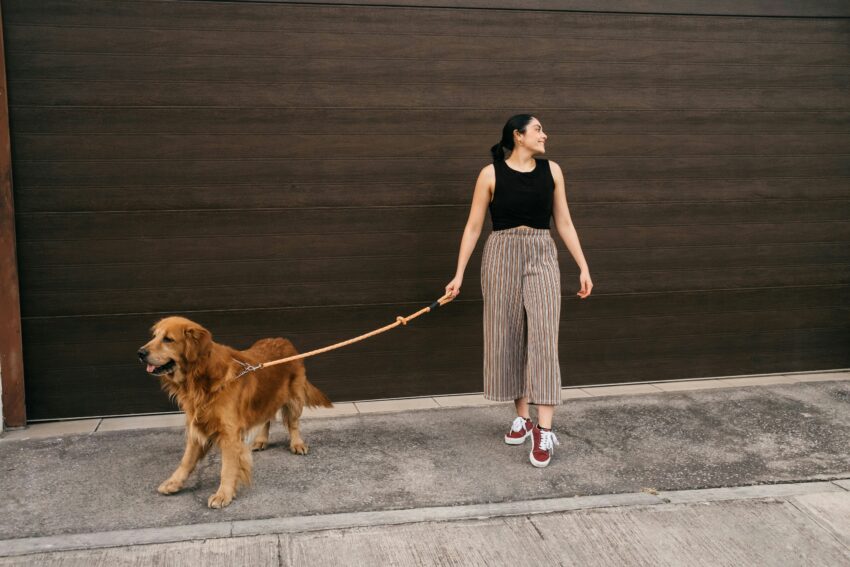I’m reading a new client’s intake questionnaire when my internal alarm goes off. Intake forms are often windows into a person’s life with their dog — what’s working, what’s not, and what kind of relationship they dream of having.
This one, though, stood out. The client wrote that having an obedient dog was their top priority.
And that word — obedient — made me pause.
We all want dogs who listen to us. But have you ever stopped to ask: what does obedience actually mean?
By definition, obedience is “compliance with an order, request, or law, or submission to another’s authority.” Sounds straightforward, right? We’ve all had to comply with orders throughout our lives. So it makes sense we expect our dogs to do the same.
But here’s the catch — and the part that makes my trainer’s brain twitch — the belief that a dog must always comply, instantly and unquestioningly. That expectation is not only unrealistic… it can be unfair.
The Balance Between “Good Dog” and “Happy Dog”
A healthy relationship with your dog isn’t about control. It’s about balance — between cooperation and allowing them to express their natural doggie selves. When the scale tips too far toward pure compliance, something precious gets lost: the joy, curiosity, and individuality that make dogs such wonderful companions in the first place.
As pet parents, we must be realistic about what we’re asking. Lofty training goals require time, patience, and consistency — and for most of us, that’s easier said than done.
A Lesson From the Gym
A while back, I read about a well-known Ph.D. in nutrition whose client wanted six-pack abs. The client had already lost the weight he set out to lose, but now wanted that “magazine model” body.
The nutritionist explained that getting “ripped” would require extreme discipline — not just skipping dessert or cutting back on drinks, but a lifestyle overhaul few people can realistically sustain.
That story stuck with me because it mirrors what I often see in dog training. We want fast, easy results without realizing what it truly takes to reach perfection.
So before we demand perfect obedience from our dogs, we must ask ourselves:
- Are we aware of what that truly entails?
- Are we willing to put in the work — and is it fair to expect that level of compliance from a living, feeling being?
Dogs Are Not Robots
When our expectations become unrealistic, we risk turning our dogs into objects — compliant machines instead of companions. We trade connection for control.
Instead, let’s aim for balance: a life together that’s safe, fun, and fulfilling for both human and dog.
Below are three areas I believe every dog should learn from — not to become “obedient,” but to live harmoniously and safely in our shared world.

